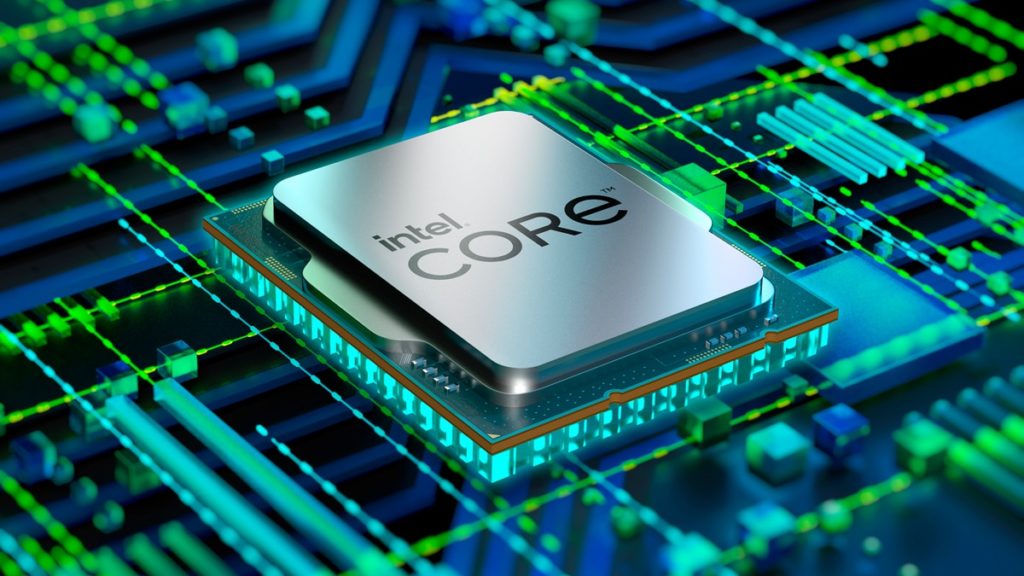- Joined
- May 28, 2019
- Messages
- 10,218
- Reaction score
- 7,150
Image: Intel
Intel Chief Performance Strategist Ryan Shrout has shared a video showcasing insanely fast PCIe 5.0 SSD transfer speeds using an Alder Lake processor. The demonstration had been intended for CES 2022, but he released a teaser due to Intel switching over to a virtual presence.
Perks of the job! Was going to save this demo for #CES2022 but with that off the table, why not just share it with everyone right now?! Here’s a 12th Gen @intel Core i9-12900K system paired with a new @Samsung PM1743 PCIe 5.0 SSD getting over 13GB/s...
Continue reading...
